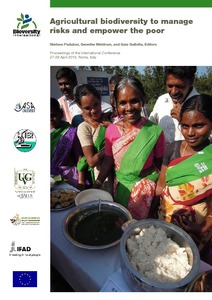Shrub control by browsing: Targeting adult plants
Reconciling the well known benefits of shrubs for forage with environmental goals, whilst preventing their dominance, is a major challenge in rangeland management. Browsing may be an economical solution for shrubby rangelands as herbivore browsing has been shown to control juvenile shrub growth. Less convincing results have been obtained for adult plants, and long-term experiments are required to investigate the cumulative effects on adult plants.



